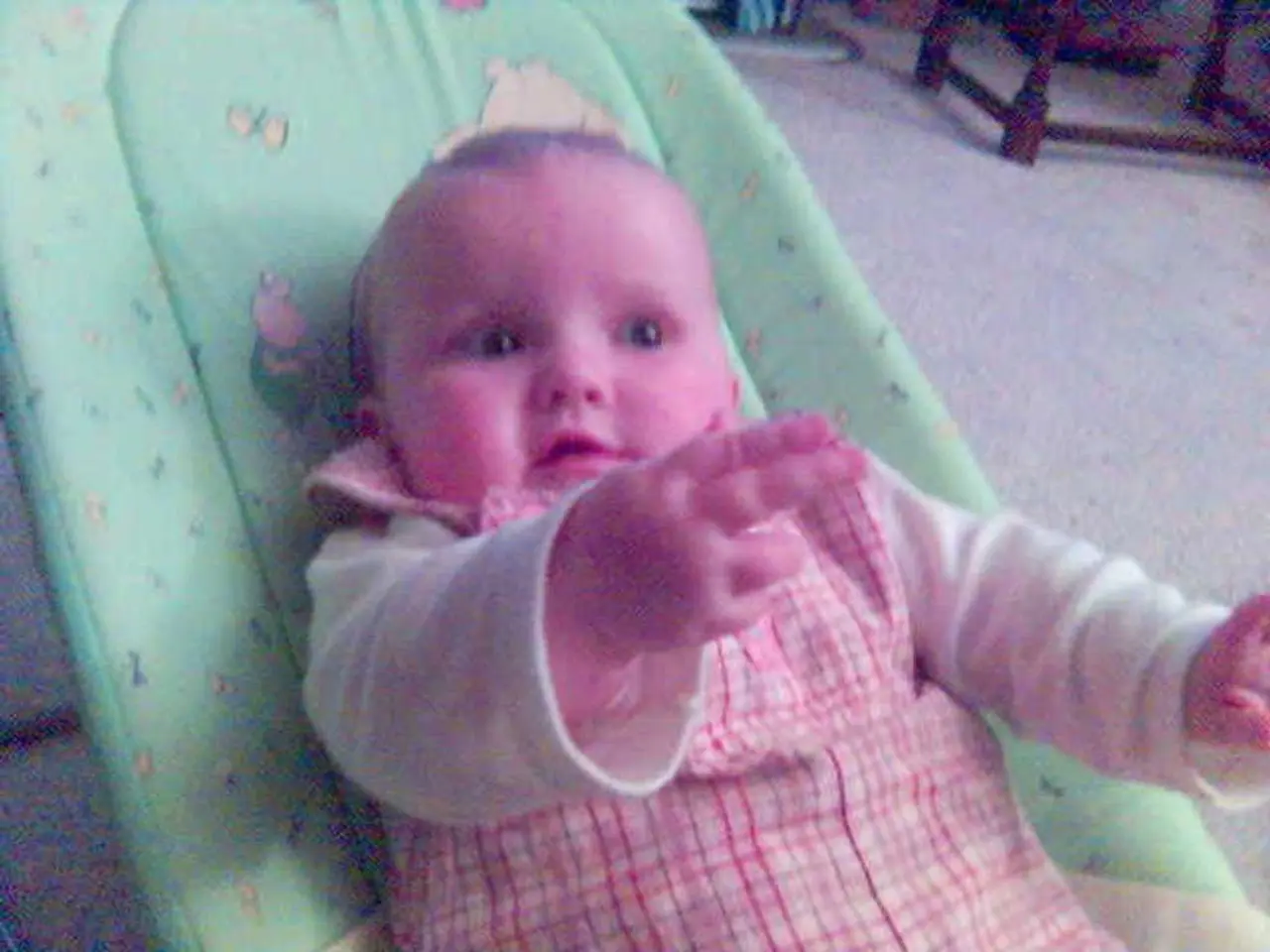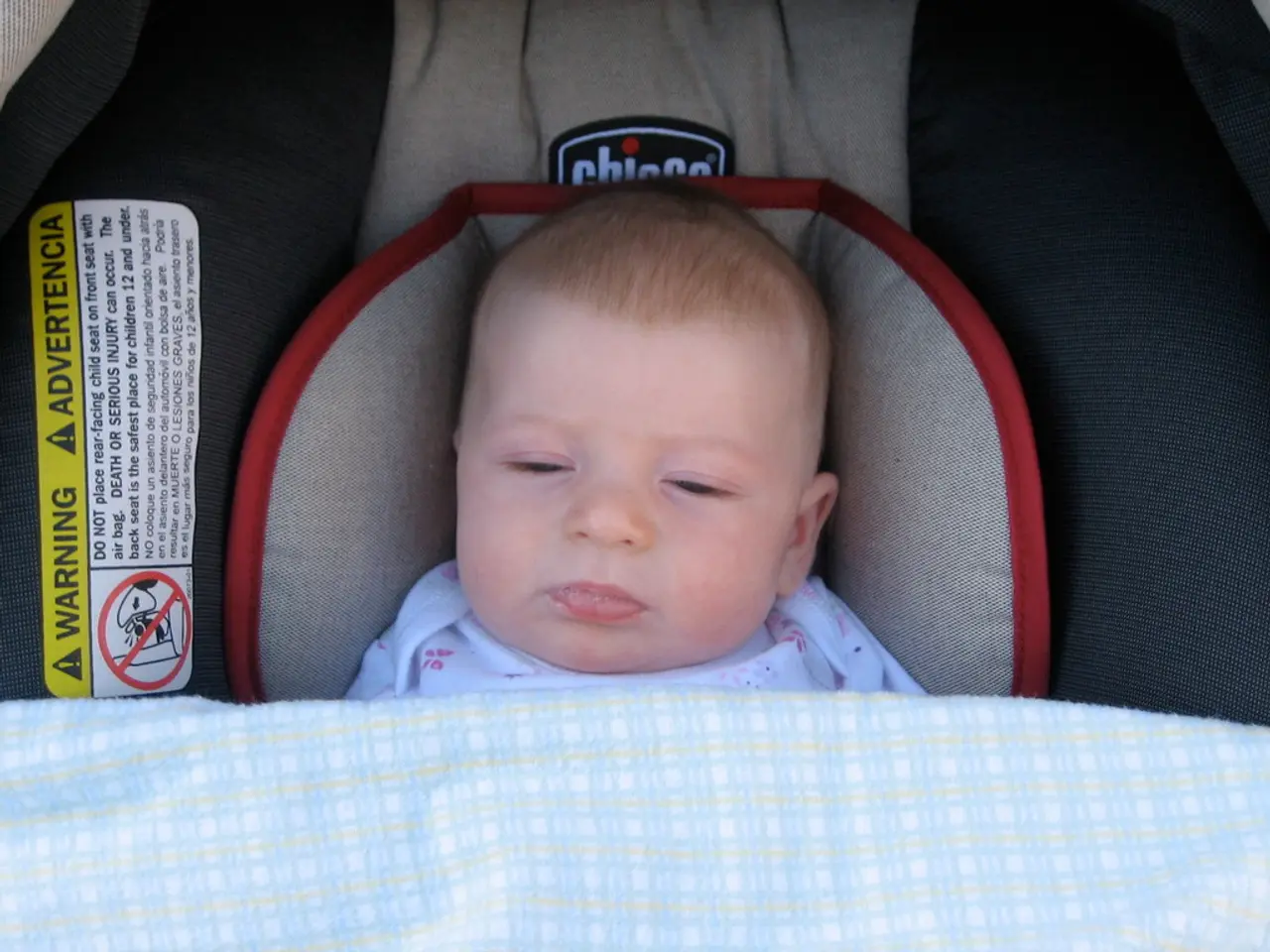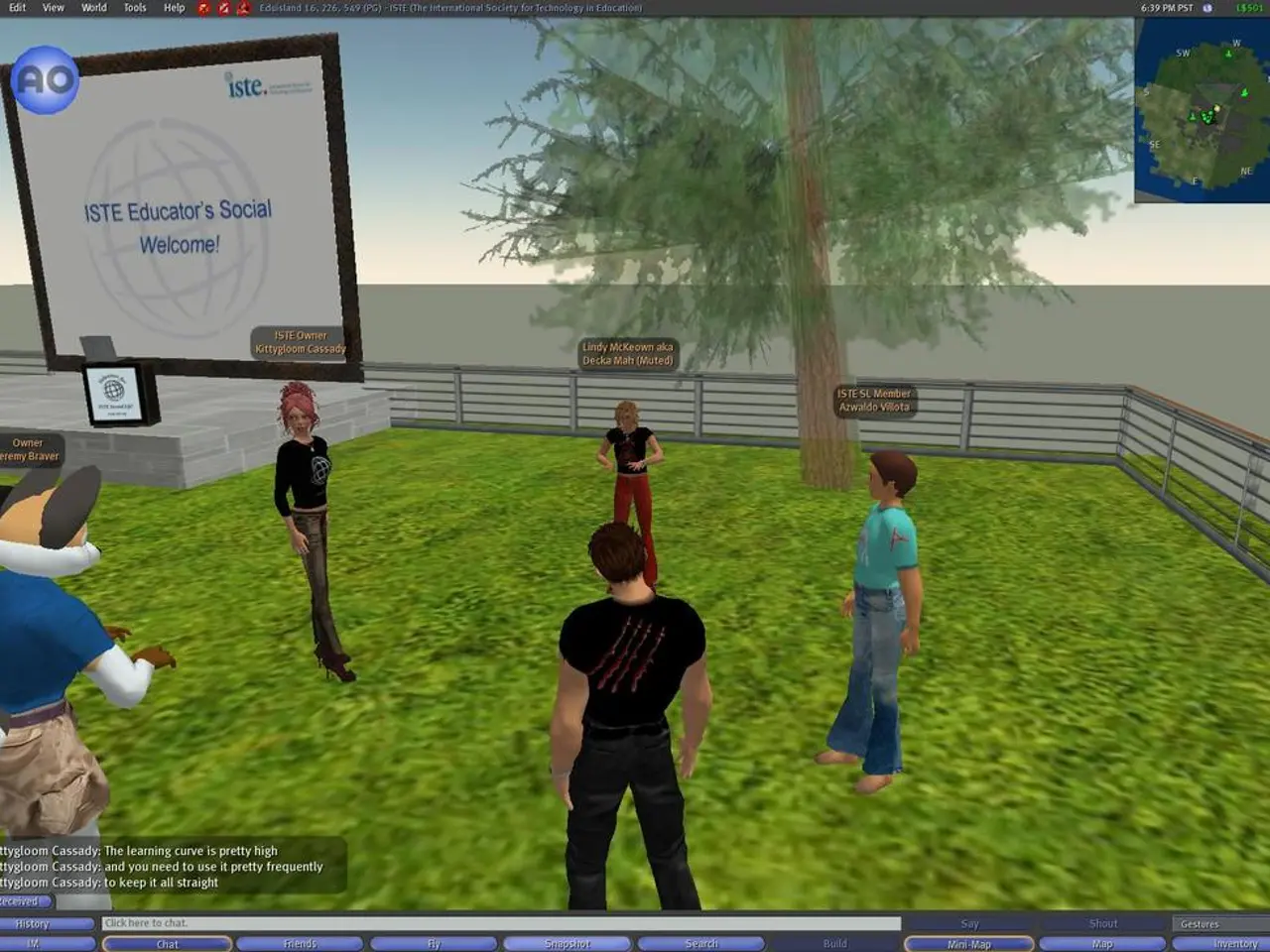Genetically-Modified Babies Born Successfully in the UK Using Three-Person DNA Technique
A groundbreaking reproductive technology, known as mitochondrial donation (or MRT), is making waves in the medical world. This innovative technique, which has been in development for over two decades, offers significant promise for families affected by mitochondrial diseases.
In a pioneering research led by Newcastle University in the UK, at least eight healthy babies have been born using mitochondrial donation. These children, who have been meeting normal developmental milestones, are being closely monitored for their long-term health and safety.
The technique works by replacing defective maternal mitochondria with healthy donor mitochondria during in vitro fertilisation (IVF). This prevents the transmission of mitochondrial DNA disorders to the child.
In the UK, mitochondrial donation has been legally authorised since 2015. The procedure is primarily offered to women who have a high risk of passing on serious mitochondrial diseases, where conventional IVF or genetic testing like preimplantation genetic testing (PGT) is unlikely to prevent disease transmission effectively.
Other countries, such as Australia, have also begun using or considering the technique. However, in some places, mitochondrial donation is being used experimentally to treat infertility despite limited evidence for such use.
The NHS in the UK incorporates mitochondrial donation within a regulated research framework, ensuring careful monitoring and ethical oversight. Each application is approved individually by the Human Fertilisation and Embryology Authority (HFEA).
Recent studies confirm the efficacy of mitochondrial donation in preventing the transmission of mitochondrial DNA disease. In the UK's program, all eight children born using the technique appear to be healthy, with no signs of the mitochondrial diseases their mothers carry.
However, a phenomenon called "carryover" is still a potential risk. Carryover refers to the situation where a small amount of faulty DNA slips through, and it is not yet fully understood. The therapy reduces but may not completely eliminate maternal mitochondrial DNA.
The technique appears safe so far, with ongoing pediatric monitoring to confirm long-term health outcomes. In five cases of the eight children born using pronuclear transfer, researchers detected no faulty mitochondrial DNA at all. In one case, a child developed mild epilepsy that resolved without treatment, and another had a heart rhythm issue that was successfully treated.
Researchers and clinicians are cautiously optimistic, seeing mitochondrial donation as a breakthrough offering hope to families affected by devastating mitochondrial diseases that have no cure. As understanding improves and more children are born using these techniques, broader adoption and possible regulatory approval in additional countries are expected.
However, further research is needed to optimise protocols, address remaining safety concerns, and assess long-term effects across many years. There are also ethical, social, and financial considerations since the technology is complex and costly, and some applications remain controversial or unproven.
For families like Kat Kitto's, who have a child affected by a mitochondrial disease, this progress offers new hope. Kitto's older daughter, Lily, carries the same risk of passing the disease to her children. But with mitochondrial donation, families like the Kittos may one day be able to have healthy children free from mitochondrial DNA disorders.
[1] Human Fertilisation and Embryology Authority. (2021). Mitochondrial donation. Retrieved from https://www.hfea.gov.uk/treatments/mitochondrial-donation/
[2] Newcastle University. (2021). Mitochondrial donation. Retrieved from https://www.newcastle.ac.uk/research/research-themes/genetics/research-groups/mitochondrial-disease-research/mitochondrial-donation
[3] The New England Journal of Medicine. (2021). Mitochondrial donation in human oocytes. Retrieved from https://www.nejm.org/doi/full/10.1056/nejmoa2101639
[4] The New England Journal of Medicine. (2021). Mitochondrial donation in human preimplantation embryos. Retrieved from https://www.nejm.org/doi/full/10.1056/nejmoa2101640
- The field of tech continues to have a significant impact on health and wellness, as demonstrated by the emergence of cutting-edge reproductive technology like mitochondrial donation (MRT).
- Ongoing research and development in biology and science enable the implementation of such medical advancements, aimed at improving the lives of people affected by genetic conditions, particularly mitochondrial diseases.
- As a result of progressive research, at least eight children have been born using mitochondrial donation, all showing normal development and being closely monitored for their long-term health.
- In the future, a broader adoption of technological innovations, like mitochondrial donation, can potentially offer solutions to various genetic and health-related issues, benefiting families and society at large.
- Despite the positive outcomes, scientific research must continue to optimize protocols, address concerns over safety and long-term effects, and consider ethical, societal, and financial implications.
- With the advancement and refinement of mitochondrial donation technology, people affected by devastating mitochondrial diseases may one day find relief and hope, as demonstrated by the case of Kat Kitto's family, who has been impacted by the disease and now sees a potential solution in this groundbreaking research.




